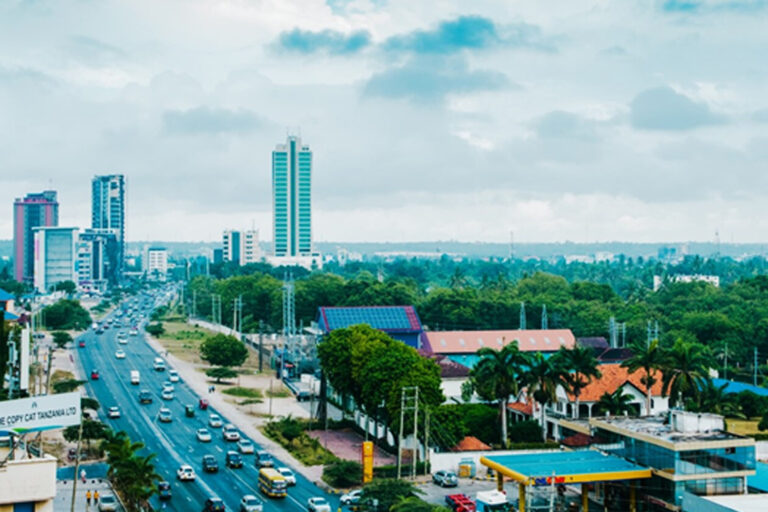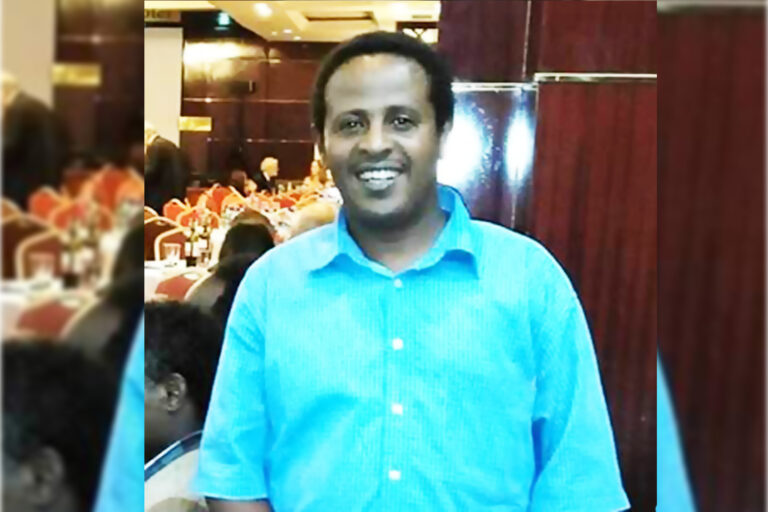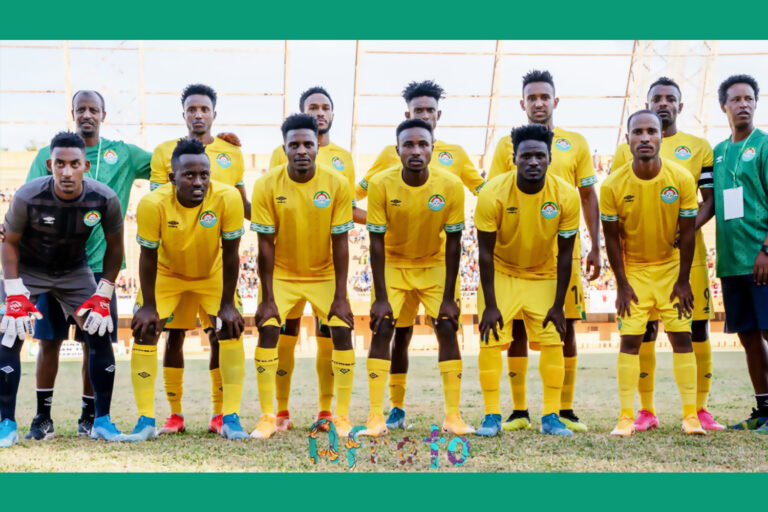- 5G could drive up to USD 31 trillion in cumulative consumer revenue in the ICT industry by 2030
- Communications service providers (CSPs) could earn up to USD 3.7 trillion in cumulative 5G-enabled consumer revenues by 2030
- Augmented Reality (AR) could drive more than half of all consumer spending on immersive media by 2030
he 5G consumer market could be worth USD 31 trillion by 2030 globally, according to the new Harnessing the 5G Consumer Potential report from Ericsson (NASDAQ: ERIC) ConsumerLab. The report estimates that communications service providers (CSPs) could earn USD 3.7 trillion of that total – a figure that could increase further as new adjacent digital services opportunities arise.
The report also estimates that CSPs could generate up to USD 131 billion by 2030 from digital service revenues alone, by proactively bundling and marketing 5G use cases. About 40 percent of these revenue projections are attributed to consumer spending on enhanced video, augmented reality (AR), virtual reality (VR) and cloud gaming over 5G networks. The report projects that AR is likely to drive more than half of all consumer spending on immersive media by 2030 – starting with gaming and extending to other areas like shopping, education and remote collaboration.
Key findings also highlight how the impact of the COVID-19 pandemic on personal finances and financial priorities may have affected consumers’ willingness to pay a premium for 5G subscriptions. In early 2019, the average consumer was willing to pay a 20 percent premium for 5G. As 2020 draws to an end, that figure has dropped to 10 percent. However, one in three early adopters globally are still willing to pay a 20 percent premium. Such high levels of early adopter take-up could help drive economic recovery, according to the report.
The report also projects that by proactively driving 5G consumer adoption, CSPs could gain 34 percent higher 5G average revenue per user (ARPU) by 2030. This could boost consumer revenues at a compound annual growth rate (CAGR) of 2.7 percent compared to flat revenue growth of 0.03 percent by taking a passive approach across the decade.
Jasmeet Singh Sethi, Head of ConsumerLab, Ericsson Research, says: “This is the first time that Ericsson has presented a revenue forecast for the 5G consumer market, which remains the core business of communications service providers. Through our research, we have highlighted the role of use case development, tariff innovation, quality 5G coverage and ecosystem partnerships to unlock the true potential of this market. It is clear that 5G will drive enormous opportunities for CSPs in consumer business over the decade. As this journey is already underway, those CSPs that quickly and proactively evolve their consumer propositions are likely to be bigger winners.”
The report also highlights the enabling role technologies such as edge computing and network slicing will play in helping service providers to secure 5G-enabled consumer revenue. This could come from core digital services like cloud gaming and augmented reality applications, or adjacent digital services, such as in-car connectivity and associated safety features.






